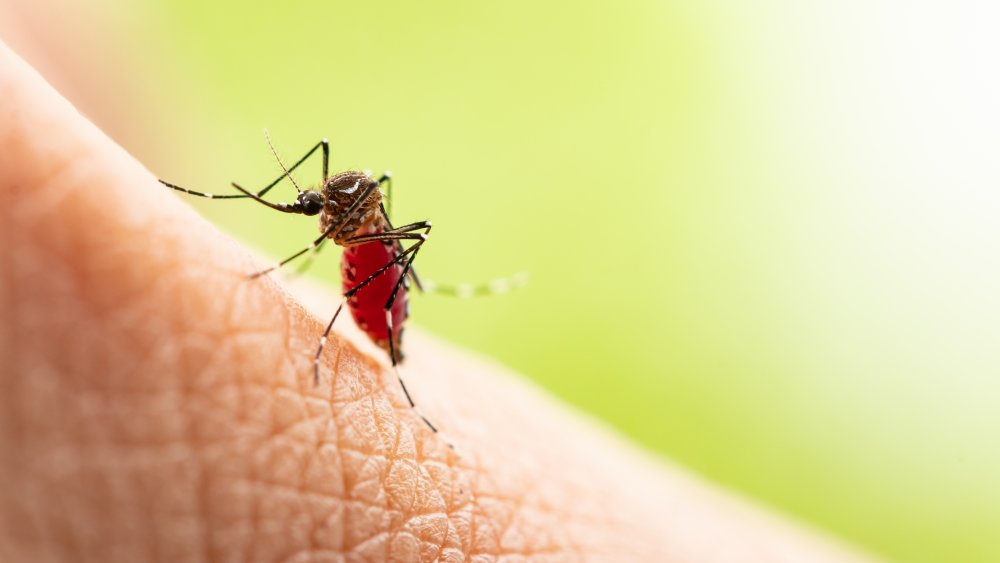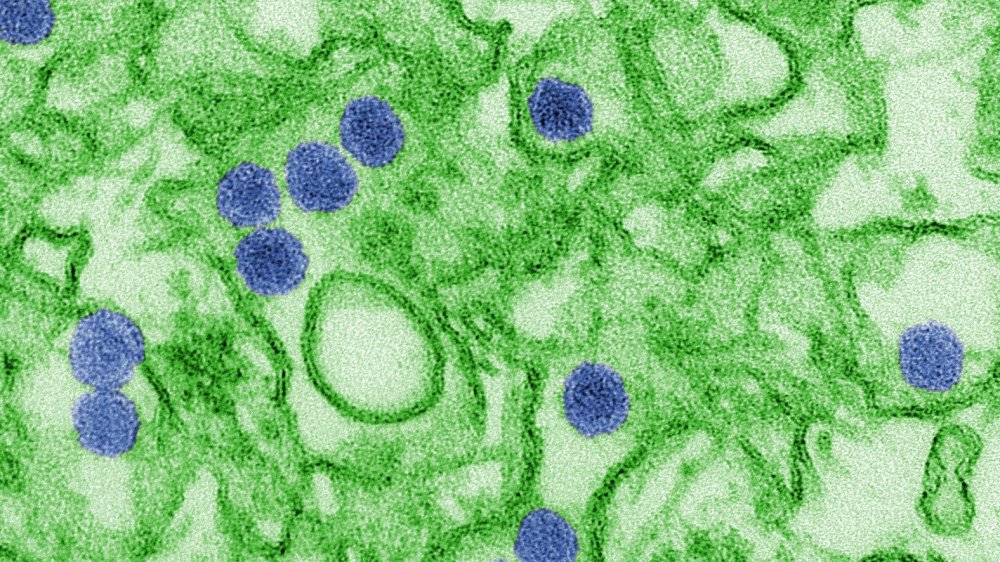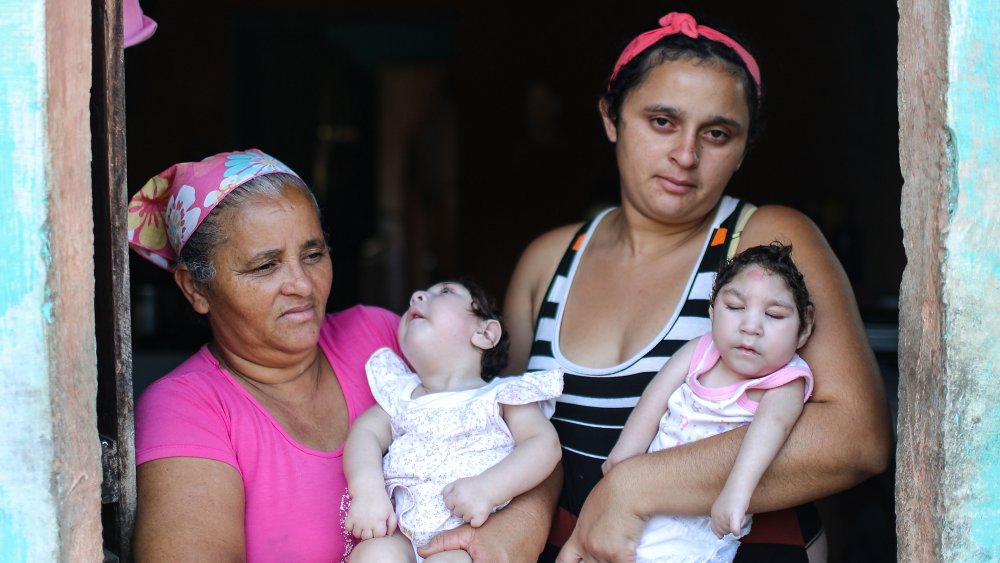The Messed Up History Of Zika Virus
To better understand the coronavirus pandemic facing the world today, it can be helpful to study other outbreaks of illness in recent history and the viruses that caused them. One such virus is Zika, which made the news in 2015 for being the source of a large epidemic centered in Brazil.
Per the World Health Organization (WHO), Zika is a mosquito-borne virus, and is primarily transmitted by Aedes aegypti – a particular type of mosquito known to typically bite during the day. Zika is also classified as a "flavivirus," falling in the same genus as the West Nile virus, dengue, and yellow fever. Besides being transmitted by mosquitoes, Zika can also be spread from human to human by blood or sexual contact. According to the Riverside Medical Group, however, Zika is not airborne and therefore can't be spread by coughing or sneezing — a major difference between Zika and COVID-19. That's a lot of technical detail. But what is the history of this infamous virus? And what its impact on the health of human beings?
According to WHO, Zika was first discovered in monkeys living in Uganda over 70 years ago, in 1947. By 1952, it was clear that Zika could infect people as well, with human cases found in Uganda and Tanzania. By the end of the century, sporadic cases of Zika virus had been identified in countries across the globe, most commonly in central Africa and southern Asia.
Zika was first found in Uganda and mostly spreads in tropical areas
Despite the prevalence of the disease, the first recorded outbreak did not occur until 2007, starting on the Micronesian island of Yap in the Pacific. Another flare-up occurred in the Pacific nation of French Polynesia in 2013. But the largest and most famous Zika epidemic was the outbreak in 2015.
According to the Centers for Disease Control and Prevention (CDC), Zika first came to the Americas through Easter Island, then began to spread more rapidly when it reached Brazil in early 2015. Zika would go on to infect over 700,000 people across 48 nations and territories in the Americas by the end of 2016. Fear over Zika was particularly intense due to the fact that the 2016 Summer Olympics were held in Rio de Janeiro, but WHO advised that cancelling or moving the Olympics would "not significantly alter the international spread of Zika virus." By late 2016, the outbreak fizzled out. According to PBS, the decline of Zika can probably be attributed to the herd immunity that populations eventually developed across the Americas.
Thankfully, most people who contract the Zika virus only suffer mild symptoms. In fact, per the CDC, 80 percent of people infected with Zika don't display any symptoms at all. Those who do get sick may develop a rash, fever, joint pain, or headaches, as well as a handful of other possible ailments.
The Zika virus is particularly harmful to pregnant women
These symptoms typically only last for two to seven days, however, making Zika a particularly mild condition. On the other hand, the worst-possible Zika symptoms for adults include paralysis and swelling of the brain or spinal cord — but as the CDC reassures us, these are very rare.
Pregnant women are at greatest risk when it comes to the Zika virus — more specifically, their fetuses. WHO explains that Zika can cause a variety of congenital birth defects, including limb contractures, hearing loss, and, most famously, microcephaly, a condition whereby the head of a fetus does not develop fully. Microcephaly causes babies to be born with smaller-than-normal heads, which typically comes with negative cognitive impact as well. WHO estimates that 5-15 percent of babies born to Zika-infected mothers have some form of Zika-related complication.
The good news is that Zika has faded out once again, as Smarter Travel reports. The bad news is that if Zika does come back, at present, there's no known cure for the virus. If people do become infected, WHO recommends that those with mild symptoms rest at home; pregnant women and the more seriously ill should seek medical attention. WHO further recommends that when visiting an area where Zika is a potential threat, avoid contracting the virus by using mosquito nets and insect repellent.


